Friday, May 29, 2020
Thursday, May 28, 2020
Wednesday, May 27, 2020
Easy recipes to kick off summer BBQ season
May is officially National Barbecue Month. As the weather starts getting nicer, it’s the perfect time to try some new recipes to share (or not) with those at home.
For the side dish…
This is my grandma’s recipe, and it is simple as simple could be. I took it to a dental class potluck, and the bowl was empty in 15 minutes — it’s that good. Add the Fritos last-minute so they don’t get soggy!
Corn salad
2 cans whole kernel corn, drained
2 c. shredded cheddar cheese
1 c. mayonnaise (not Miracle Whip!)
½ red onion
½ green pepper
1 bag chili cheese Fritos
- Chop onion and pepper.
- Put all ingredients (except Fritos) into a large bowl and mix.
- Crush Fritos into small pieces in the bag. Add to mixture immediately before serving and mix.
- Enjoy!
For an easy dinner…
This recipe came from one of my favorite bloggers, and it is unbelievably easy. I like to serve with a little bit of cheese on Hawaiian rolls. Try this slow cooker BBQ chicken recipe from the Lately with Lex blog.
For a can’t-mess-it-up classic treat…
There’s nothing that ends a BBQ feast better than apple pie. And this one (my grandma’s creation) is phenomenal. The perfect balance of tart and sweet, I dare you to have just one slice.
Gammy’s Dutch apple pie
9-inch unbaked pie shell
Topping:
⅔ c. flour
⅓ c. light brown sugar, firmly packed
⅓ c. unsalted butter
Filling:
2 lb. Granny Smith apples
1 tbsp. lemon juice
2 tbsp. flour
¾ c. sugar
A dash of salt
1 tsp. cinnamon
- Place pie shell into 9-inch pie pan and place in refrigerator.
- To make topping, combine flour and sugar in a medium bowl. Cut in the butter (with a pastry blender or two butter knives) until it is the consistency of cornmeal (basically just get out all of the big chunks) and refrigerate.
- Preheat oven to 400°F.
- To make filling, peel and core apples, then thinly slice into a large bowl. Sprinkle with lemon juice.
- In a medium bowl, combine flour, sugar, salt and cinnamon. Mix well. Add mixture to apples and toss.
- Place filling into unbaked pie shell, spreading evenly. Cover with topping and bake 40-45 minutes.
- Serve with vanilla ice cream.
For the hottest of days…
In my book, a hot day calls for a pitcher of sangria. Here’s a great one!
Red sangria
1 c. pomegranate arils
1 c. blackberries
1 large apple, cut into large cubes
2 tbsp. honey
1 cinnamon stick
⅔ c. Calvados
1 bottle red wine (whichever is your favorite)
1 c. chilled club soda
- Place fruit, honey and cinnamon stick into a pitcher. Add Calvados and wine. Stir.
- Refrigerate for an hour or overnight.
- Add club soda and ice and stir. Enjoy!
For the BBQ enthusiast…
I will be the first to admit that I am much more comfortable cooking in the kitchen than outside. I have not yet mastered the art of the grill, but for those of you who have (or have a friend who will help you), this is the holy grail of pulled pork recipes. The recipe was originally published in the July 1999 issue of Bon Appetit, and my mom has used it ever since then.

Be prepared to impress whoever you share it with. Try Bon Appetit’s Carolina pulled-pork sandwiches.
~Bri Schmiegelow, Missouri-Kansas City ’21, ASDA Contributing Editor
Tuesday, May 26, 2020
Monday, May 25, 2020
Non-patient-based exams and licensure during the pandemic
This time of the year usually signifies great celebration for graduating dental students across the country. In light of the COVID-19 pandemic, graduation ceremonies look a lot different this year with virtual walks across the stage and celebrations at home in quarantine. How graduates will become licensed is different as well, and non-patient-based alternatives are now coming to the forefront.
ASDA has long advocated for the removal of live patients during clinical testing scenarios, and ASDA members were first informed of a victory toward this in a letter from ASDA President Sydney Shapiro in April. ASDA leadership at the national, district and chapter levels are working on an individual state-by-state strategy to urge dental boards to accept non-patient-based alternatives for initial dental licensure. Letters were sent to all 50 states, Puerto Rico and the District of Columbia, giving dental students a united voice in the fight for dental licensure reform.
The suggested non-patient alternatives outlined in these letters were inclusive of all non-patient-based alternatives available within the United States. These include: the Central Regional Dental Testing Services (CRDTS) all-manikin exam; the American Board of Dental Examiners (ADEX) CompeDont DTX, which will be administered by the CDCA and CITA; the Joint Commission on National Dental Examinations (JCNDE) Dental Licensure Objective Structured Clinical Exam (DLOSCE); the Southern Regional Testing Agency (SRTA) manikin-based restorative skills module; and the Western Regional Examining Board (WREB) all-manikin simulation exam.
Many of the listed testing agencies had been working on non-patient-based exam formats but had no plans of releasing these alternatives so quickly. Motivated by current public health concerns and the numerous calls made by the ASDA Executive Committee, these agencies shifted their focus to expedite development and make their non-patient-based exams available for 2020 graduates.
Thanks in great part to ASDA’s grassroots advocacy campaign, 16 states have accepted the ADEX non-patient-based exam as a valid path to initial dental licensure since it was first released less than two months ago. Some states such as Mississippi and Pennsylvania are temporarily allowing a substitute for the live patient restorative portion of the exam.
Scarlett Johnson, a student at University of Mississippi, piloted the exam at her dental school this past fall. “For those concerned with how the manikin-based boards would be graded over the live-patient boards, the guidelines for the restorations are the same. Nothing changes in this manner, except you remove all the aspects that could negatively impact your patient or you. You prove you can do the same thing on a manikin that you could do with a human.”
New graduates, whose patient-based licensure exams were canceled due to the pandemic, now have a pathway to obtain a dental license during the current health crisis. At the University of Pennsylvania, the class of 2020’s live-patient ADEX exam, originally scheduled for this March had to be canceled. Now, thanks to the recent licensure victories, Pennsylvania’s new graduates have a safe non-patient-based alternative to obtain dental licensure in their state.
With residency programs and jobs starting soon after graduation, students are concerned about obtaining dental licensure as soon as possible to begin serving their patients and communities as licensed dentists. Soren Christensen, a 2020 graduate of Pennsylvania, who now has the option of taking the new manikin-based exam to obtain dental licensure in Pennsylvania, offered his peers some words of encouragement. “Be grateful that you have an opportunity to take a fairer, more ethical exam … When the time comes to take the exam, don’t let yourself get flustered; every tooth you’ve operated on is different, so just treat it like any other day in clinic.”
ASDA’s L-1 policy outlines the association’s ideal licensure exam. This exam does not harm human subjects in a live clinical testing scenario, is psychometrically valid and reliable in its assessment, reflects current dental practice and is universally accepted. Demonstrated by the recent grassroots advocacy campaign, ASDA is committed to advocating for universal state acceptance of non-patient-based exams. Our association will continue to push, based on this success, to ensure future classes have access to non-patient-based alternatives for licensure.
This is a reminder for us all to reach out to our chapter and national leaders, attend advocacy webinars, and share our stories during state and national lobby days. The recent victories were made possible because of ASDA’s student advocates, and the future of licensure reform is counting on you! If the advocacy victories that have occurred since the pandemic began are any indication of what is coming, the future of dental licensure will be bright.
~Casey White, Pittsburgh ’21
Friday, May 22, 2020
Thursday, May 21, 2020
Wednesday, May 20, 2020
How to maintain your focus during online dental school classes
It is crazy just how incredibly fast life took a 180-degree turn in the last 60 days. From schedules filled with exams, group projects, study groups and lab work to Zoom meetings all day, every day. Sitting at a computer screen from 8 a.m. to 5 p.m. is daunting, even more so when no one knows if you are actually paying attention or if you’ve joined the call, pressed mute and are aimlessly scrolling Instagram for the 30th time that day.
Self-discipline is more important than ever, and while everyone is not preset with the determination to work through all kinds of distractions, there are a few things that can be done to increase productivity, time management and overall sanity during these unprecedented times.
Create your study space
First things first, the amount of time we’re spending with our families right now is off the charts. It is such a blessing to be able to spend so much time with loved ones, friends, roommates — whoever your quarantine crew may be. However, boundaries are also important. Make sure your household understands that dental school is still in session. For a large portion of the day, you are virtually in school and need to be uninterrupted.
It is also time to set up a dedicated study space in a low traffic area of your home. Try to use a big table so there is space to spread out and keep a few key things accessible at all times. Invest in a power strip cord. As silly as it may be, having multiple plugs in your “school room” will lessen the distraction of moving across the room when the low battery sign comes on.
Master a schedule
It is likely that you have had to throw out your agenda from the beginning of the semester. All assignment due dates are totally different, and you have no idea when lectures, exams and quizzes are scheduled. Take a few hours and create a master schedule. Add in all class times throughout the week, lecture topics and how the lecture will be provided to you virtually.
Stick with a normal schedule and complete the lectures during the time scheduled, as if you were still driving to school every day. Time blocking is a great way to not get bogged down in one assignment for the entire day, set a certain amount of time to do a task and stop at whatever place you are when the block of time is up.
Virtual study groups
Study groups do not have to be a thing of the pre-COVID times. Use resources such as Zoom, Microsoft Teams, etc., to meet up with your study group and review topics for exams. Success in dental school is made possible by the people we go through it with, and now is a time to rely on our classmates more than ever.
A rule of 3’s
It is so easy to become overwhelmed at a 10-page to-do list. You don’t know where to start, what to prioritize, and you end up in mental breakdown mode. This is the time to use that master schedule. Figure out the three most pressing things that you need to do, write them down and keep your to-do list at a three-task maximum.
Take a breather
Every 50 minutes of work should be followed by, at minimum, a 10-minute brain break. Do some yoga stretches, walk a lap around your house, anything to get moving for a few minutes and to release some energy!
Don’t forget your ergonomics
Just because we are not in the clinic or the sim lab, does not mean we can ignore ergonomics. Stay in neutral posture, keep your keyboard at elbow level, as well as things you use frequently within your primary work area.
Most importantly, realize and accept how scary these times are, how different learning has become and that we all have stressors outside of being a dental student right now. Take time to take care of your mental wellness, talk to friends, reflect on your feelings and know that it is OK to have feelings about this new normal. We are all pulling for each other, and we will get through this together!
~Caylor Mark, Georgia ’23
Tuesday, May 19, 2020
Monday, May 18, 2020
Where Sci-Fi meets reality: How augmented reality is reforming dental training
From the automotive industry using augmented reality to provide information of road conditions to the gaming industry allowing gamers to capture Pokémon, augmented reality is impacting nearly every industry. Dentistry is no exception.
AR uses interactive digital elements and sensory projections to combine the virtual and real world. By superimposing digital information over the physical environment, AR is transforming how we view the world. According to market analysis of AR in health care conducted by Reports and Data in May 2019, the market is projected to reach $7.05 billion by 2026.
AR is revolutionizing the dental field, through virtual mockups, facial analytics and 3-D virtual planning. This immersive technology offers numerous possibilities within surgery. An April 2017 Smithsonian article reports that at the University of Maryland’s AR research lab called Augmentarium, a team of doctors and engineers are constructing an AR headset that can holographically display a hovering pop-up screen with a patient’s vital signs. Imagine extracting wisdom teeth and being able to see the patient’s respiratory rate and blood pressure.
The implementation of AR helps the diagnosis and treatment process while modernizing dental training.
Finish reading the article in the May issue of Contour.
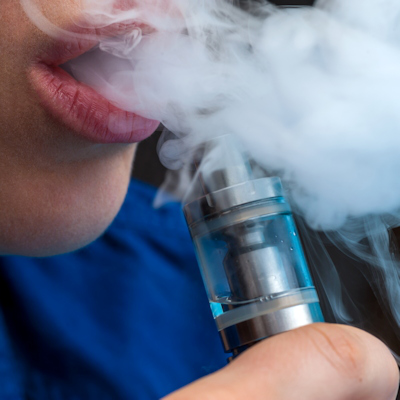 Vaping or using electronic cigarettes changes a person's biofilm within 24 hours of exposure, according to a study published on May 27 in Science Advances. Months of vaping left oral cavities resembling those of patients with severe periodontitis.
Vaping or using electronic cigarettes changes a person's biofilm within 24 hours of exposure, according to a study published on May 27 in Science Advances. Months of vaping left oral cavities resembling those of patients with severe periodontitis.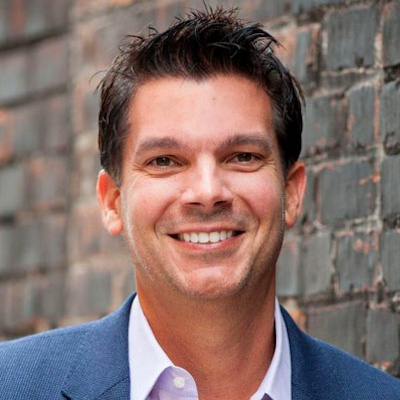 With dental practices returning to full patient loads, Dr. David Rice, clinical editor for DrBicuspid.com, discusses the importance of using rubber dams to minimize aerosols. He also discusses one of the products he uses in his practice to help in his restorative process, especially with isolation.
With dental practices returning to full patient loads, Dr. David Rice, clinical editor for DrBicuspid.com, discusses the importance of using rubber dams to minimize aerosols. He also discusses one of the products he uses in his practice to help in his restorative process, especially with isolation.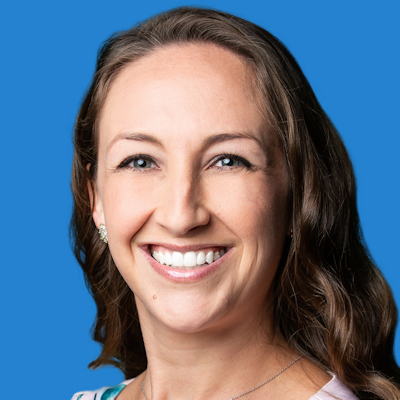 We spoke with a dentist working for a dental service organization (DSO) about the events of the recent weeks, including the perceived benefits of having a corporate entity to help with financial and employment questions. Dr. Ashley Keen-Ramirez shares her opinions in this Q&A.
We spoke with a dentist working for a dental service organization (DSO) about the events of the recent weeks, including the perceived benefits of having a corporate entity to help with financial and employment questions. Dr. Ashley Keen-Ramirez shares her opinions in this Q&A. You've probably heard that you should blog as part of your dental practice marketing strategy. But what are the benefits? While it can be difficult to find the time to come up with topics and write, blogging regularly has value for both your patients and your search engine optimization, writes Justin Bosco.
You've probably heard that you should blog as part of your dental practice marketing strategy. But what are the benefits? While it can be difficult to find the time to come up with topics and write, blogging regularly has value for both your patients and your search engine optimization, writes Justin Bosco.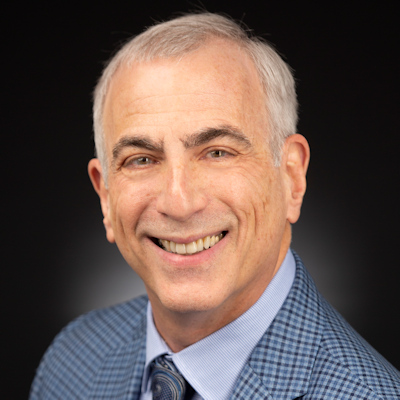 Dr. Alan Stern believes that leadership is a key piece to solving the tension flaring up within the industry. He offers some thoughts on what leadership really means and why it makes a difference in the dental practices that do or do not exhibit it on a daily basis.
Dr. Alan Stern believes that leadership is a key piece to solving the tension flaring up within the industry. He offers some thoughts on what leadership really means and why it makes a difference in the dental practices that do or do not exhibit it on a daily basis. Painful ulcers in the oral cavity may be linked to SARS-CoV-2 infection, which causes COVID-19, according to an article published on May 5 in Oral Diseases. This is thought to be the first reported case of oral lesions being a possible symptom of COVID-19, the authors noted.
Painful ulcers in the oral cavity may be linked to SARS-CoV-2 infection, which causes COVID-19, according to an article published on May 5 in Oral Diseases. This is thought to be the first reported case of oral lesions being a possible symptom of COVID-19, the authors noted.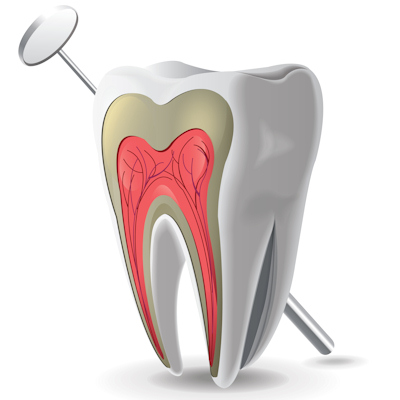 Clinicians preserved a patient's split tooth using a nonsurgical technique that included widening and sealing the fracture gap with mineral trioxide aggregate and composite, according to a case report published online on May 3 in the Journal of Endodontics.
Clinicians preserved a patient's split tooth using a nonsurgical technique that included widening and sealing the fracture gap with mineral trioxide aggregate and composite, according to a case report published online on May 3 in the Journal of Endodontics.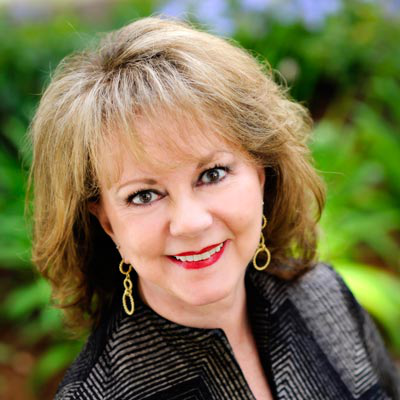 Times have changed in dentistry, and now might be the perfect time to consider not only adding a consultant for your practice but also adding one via virtual options. Sally McKenzie explains the benefits and what it could mean for your business in the second half of the year.
Times have changed in dentistry, and now might be the perfect time to consider not only adding a consultant for your practice but also adding one via virtual options. Sally McKenzie explains the benefits and what it could mean for your business in the second half of the year.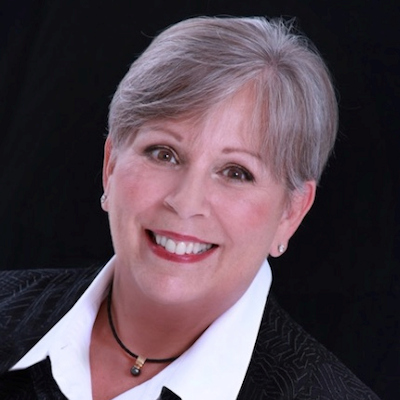 The U.S. Centers for Disease Control and Prevention (CDC) recently released some important guidance that affects every dental practice. In this podcast, we get the answers to important questions about this guidance from dental infection control expert Mary Govoni.
The U.S. Centers for Disease Control and Prevention (CDC) recently released some important guidance that affects every dental practice. In this podcast, we get the answers to important questions about this guidance from dental infection control expert Mary Govoni.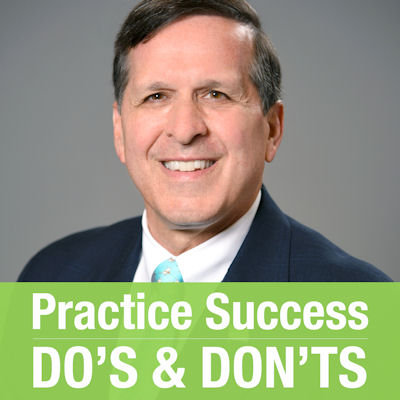 Social media has quickly become the primary way for people and businesses to connect during this time. Your practice should use social media to engage with patients, maintain relationships, and establish some form of normalcy, notes Dr. Roger P. Levin in his latest Practice Success tip.
Social media has quickly become the primary way for people and businesses to connect during this time. Your practice should use social media to engage with patients, maintain relationships, and establish some form of normalcy, notes Dr. Roger P. Levin in his latest Practice Success tip. There is no question that these are historic times for our society, as well as the dental industry. The COVID-19 pandemic has affected dental practices, as well as the manufacturers and dealers who help dental businesses churn along and the dental meetings where products are shown and education is gathered.
There is no question that these are historic times for our society, as well as the dental industry. The COVID-19 pandemic has affected dental practices, as well as the manufacturers and dealers who help dental businesses churn along and the dental meetings where products are shown and education is gathered.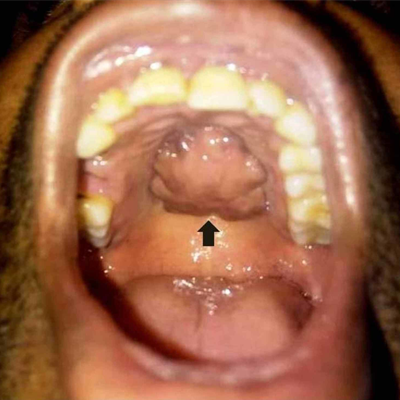 An uncommon 4 x 2.5-cm tumor was removed from a man's hard palate, marking only the fourth documented case of an osteolipoma discovered in this area of the mouth, according to the authors of a case report published May 15 in the Cureus Journal of Medical Science.
An uncommon 4 x 2.5-cm tumor was removed from a man's hard palate, marking only the fourth documented case of an osteolipoma discovered in this area of the mouth, according to the authors of a case report published May 15 in the Cureus Journal of Medical Science.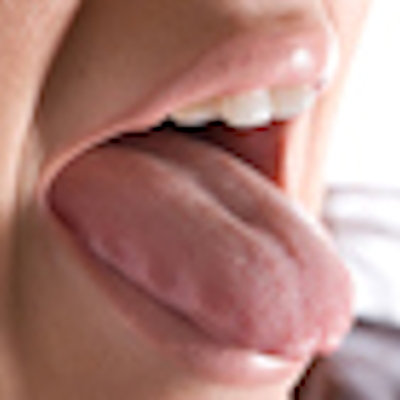 Tongue stiffness measured by shear-wave elastography ultrasound may be able to help identify patients with obstructive sleep apnea while they're awake, according to the findings of a pilot study published on May 10 in Ultrasound in Medicine & Biology.
Tongue stiffness measured by shear-wave elastography ultrasound may be able to help identify patients with obstructive sleep apnea while they're awake, according to the findings of a pilot study published on May 10 in Ultrasound in Medicine & Biology.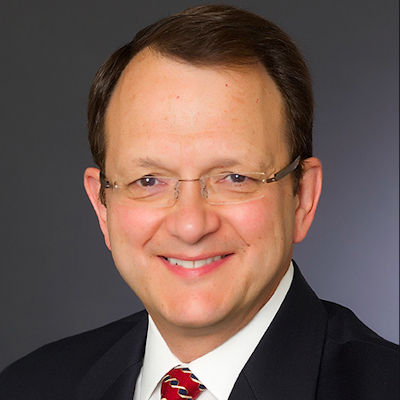 Dr. Paul Caselle gives his thoughts on why a contingency plan is so important in the event of illness or disability, environmental disasters such as epidemics or weather events, and economic factors such as recessions or business downturns.
Dr. Paul Caselle gives his thoughts on why a contingency plan is so important in the event of illness or disability, environmental disasters such as epidemics or weather events, and economic factors such as recessions or business downturns.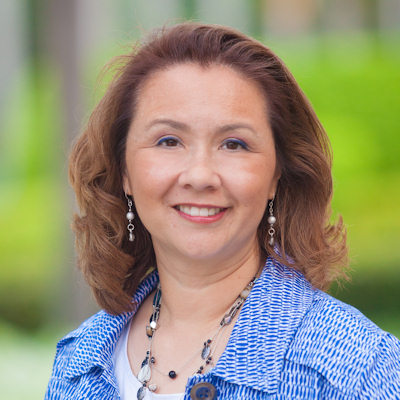 Staging is part of the periodontal guidelines to be used in your patient's clinical diagnosis. This should be present in your notes. But what if you're unclear on how to record it, much less discuss it with patients? Teresa Duncan and Rachel Wall, RDH, help answer your questions in this podcast.
Staging is part of the periodontal guidelines to be used in your patient's clinical diagnosis. This should be present in your notes. But what if you're unclear on how to record it, much less discuss it with patients? Teresa Duncan and Rachel Wall, RDH, help answer your questions in this podcast.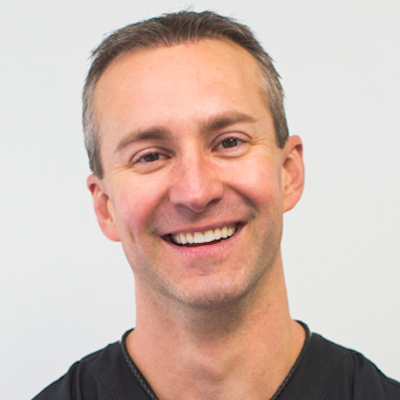 Dr. Ryan Molis discusses what it took for him to reopen his Illinois practice as well as how he made sure his Invisalign patients were cared for during the shutdown. He also discusses his business philosophy as his dental practice gears back up for business.
Dr. Ryan Molis discusses what it took for him to reopen his Illinois practice as well as how he made sure his Invisalign patients were cared for during the shutdown. He also discusses his business philosophy as his dental practice gears back up for business. Scientists have discovered a small area in the brains of mice that dampens their sense of pain, which could eventually lead to new pain management treatments for humans, according to a study published on May 18 in Nature Neuroscience.
Scientists have discovered a small area in the brains of mice that dampens their sense of pain, which could eventually lead to new pain management treatments for humans, according to a study published on May 18 in Nature Neuroscience.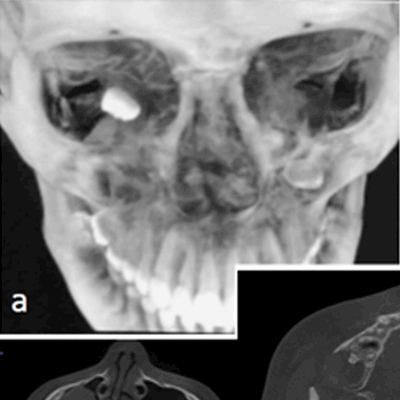 Imaging, specifically cone-beam CT, helped clinicians remove an ectopic third molar and an infected cyst from a patient's maxillary sinus, which is a rare site for a tooth to erupt, according to a recent case report published on the open-access platform F1000Research.
Imaging, specifically cone-beam CT, helped clinicians remove an ectopic third molar and an infected cyst from a patient's maxillary sinus, which is a rare site for a tooth to erupt, according to a recent case report published on the open-access platform F1000Research.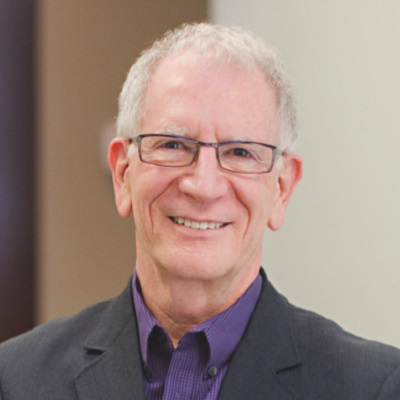 Dr. Alvin Danenberg discusses how the body's immune system is the connection between COVID-19, periodontal disease, and diet and why this is an important correlation for dentists and dental team members to understand and discuss.
Dr. Alvin Danenberg discusses how the body's immune system is the connection between COVID-19, periodontal disease, and diet and why this is an important correlation for dentists and dental team members to understand and discuss.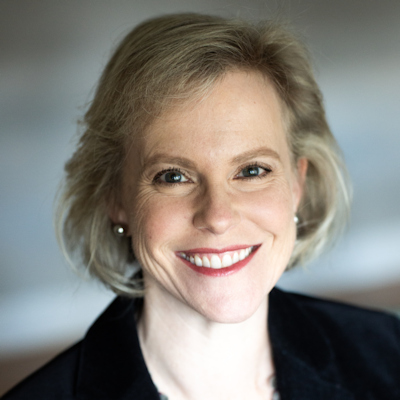 A survey of 300 dental practices across the U.S. by the Willeford Group earlier this week revealed some surprising findings regarding personal protective equipment (PPE) usage and preparedness, as well as what comes next for many dental practices as they reopen.
A survey of 300 dental practices across the U.S. by the Willeford Group earlier this week revealed some surprising findings regarding personal protective equipment (PPE) usage and preparedness, as well as what comes next for many dental practices as they reopen.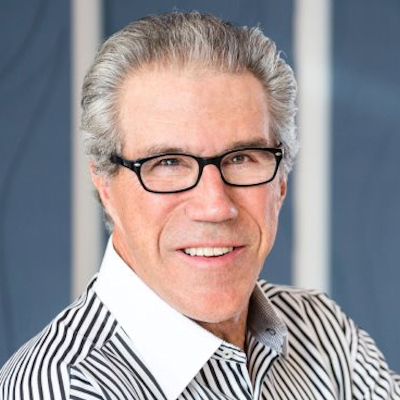 Dr. Paul Homoly believes that, as tragic as the coronavirus crisis has been, it has created an excellent opportunity for dentists and team members to rethink their relationship with complete dentistry. In this video, he gives advice for how not to be afraid to offer it as practices begin to reopen.
Dr. Paul Homoly believes that, as tragic as the coronavirus crisis has been, it has created an excellent opportunity for dentists and team members to rethink their relationship with complete dentistry. In this video, he gives advice for how not to be afraid to offer it as practices begin to reopen.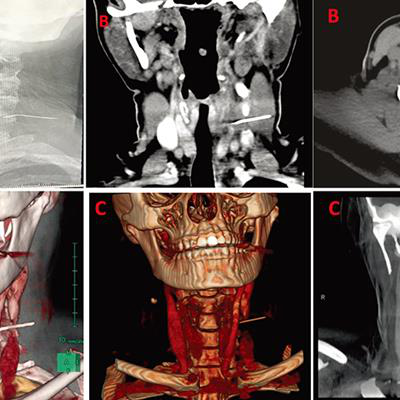 Clinicians removed a 3-cm needle from a patient who swallowed it, likely during a dental procedure, according to a recent case report published in the April issue of the Journal of Dental Anesthesia and Pain Medicine.
Clinicians removed a 3-cm needle from a patient who swallowed it, likely during a dental procedure, according to a recent case report published in the April issue of the Journal of Dental Anesthesia and Pain Medicine. With dentists and hygienists feuding online and tensions running high, perhaps it's time to take a step back, inhale deeply, and practice nondefensive listening, says Amanda Hill, RDH, BSDH.
With dentists and hygienists feuding online and tensions running high, perhaps it's time to take a step back, inhale deeply, and practice nondefensive listening, says Amanda Hill, RDH, BSDH.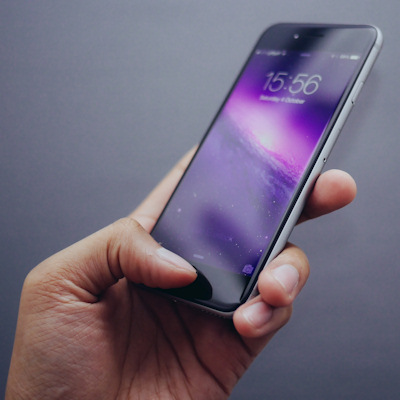 In an age when Zoom conferences and electronic communication have become the norm, Dr. Steven Katz still believes there is plenty of power in a personal phone call. We sat down with the dentist from New York state to talk about how he has kept in touch with his patients during his practice's closure.
In an age when Zoom conferences and electronic communication have become the norm, Dr. Steven Katz still believes there is plenty of power in a personal phone call. We sat down with the dentist from New York state to talk about how he has kept in touch with his patients during his practice's closure.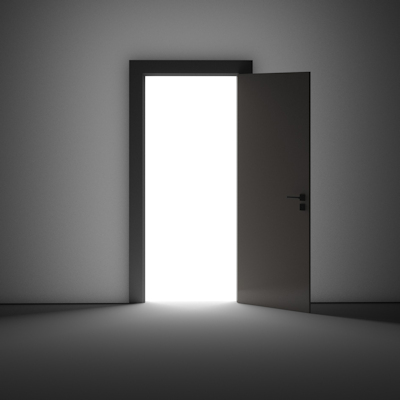 About half of dental practices in states that were given the green light to provide elective dental care have reopened, despite having no or limited supplies of recommended personal protective equipment, according to new data from the ADA Health Policy Institute (HPI).
About half of dental practices in states that were given the green light to provide elective dental care have reopened, despite having no or limited supplies of recommended personal protective equipment, according to new data from the ADA Health Policy Institute (HPI).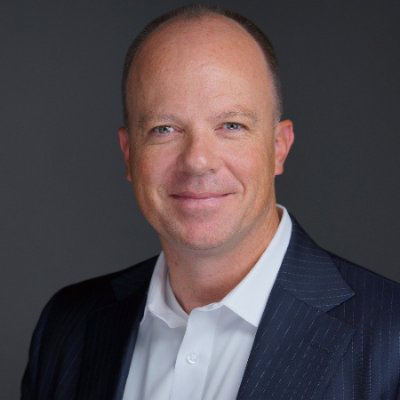 Dr. James Anderson heard from a dental office manager about what has changed in her practice since it reopened, as well as one of the unique ways the practice bonded with potential patients during the pandemic.
Dr. James Anderson heard from a dental office manager about what has changed in her practice since it reopened, as well as one of the unique ways the practice bonded with potential patients during the pandemic.